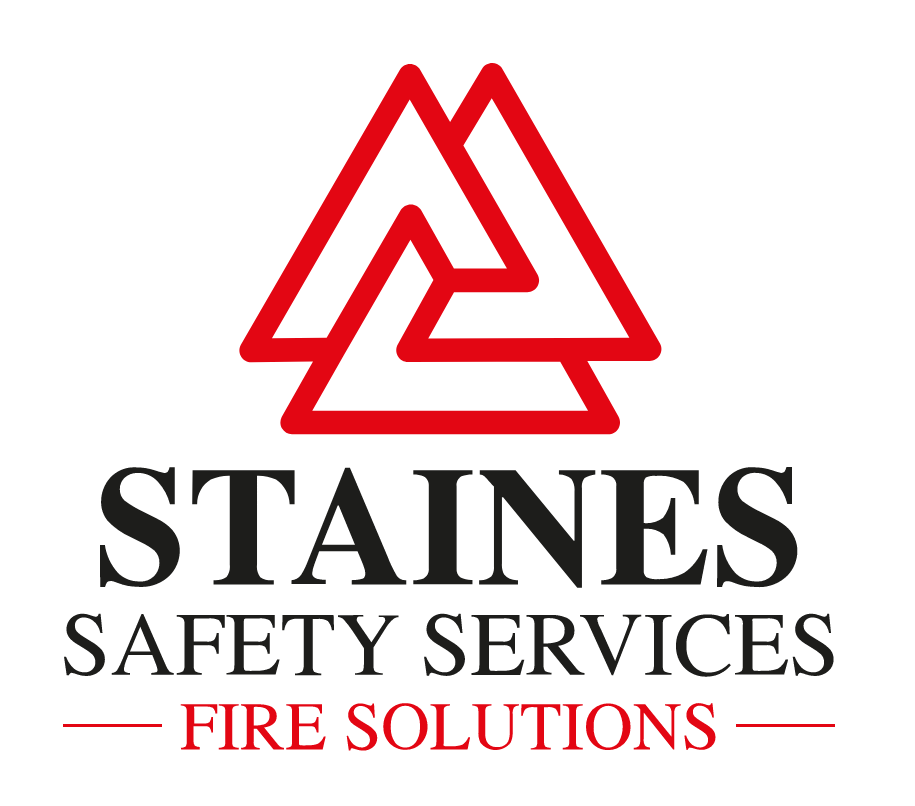
The Importance of Landlord Fire Risk Assessments: Ensuring Safety and Compliance Introduction:
As a responsible landlord, ensuring the safety and well-being of your tenants should be a top priority. One critical aspect of maintaining a safe living environment is conducting regular fire risk assessments. These assessments not only help identify potential fire hazards but also ensure compliance with legal obligations and provide peace of mind to both landlords and tenants.
In this blog post, we will explore the importance of landlord fire risk assessments and discuss the key steps involved in conducting them effectively.
1. Understanding the Legal Obligations: Landlords have a legal duty to ensure the safety of their properties and the people who reside in them. In many jurisdictions, fire safety regulations, such as the Regulatory Reform (Fire Safety) Order 2005 in the UK, require landlords to conduct regular fire risk assessments. These assessments help identify potential fire hazards, evaluate the level of risk, and implement appropriate measures to mitigate those risks.
2. Identifying Potential Fire Hazards: A comprehensive fire risk assessment involves a thorough evaluation of the property to identify potential fire hazards. This may include identifying faulty electrical wiring, inadequate fire safety equipment, blocked escape routes, flammable materials, or improper storage of hazardous substances. By identifying these hazards, landlords can take proactive steps to eliminate or minimize the risk of fire incidents.
3. Evaluating the Level of Risk: Once potential fire hazards are identified, the next step is to assess the level of risk associated with each hazard. This involves considering factors such as the likelihood of a fire occurring and the potential consequences if a fire were to break out. By evaluating the level of risk, landlords can prioritize their efforts and allocate resources to address the most critical issues first.
4. Implementing Fire Safety Measures: Based on the findings of the fire risk assessment, landlords should implement appropriate fire safety measures to reduce the risk of fire incidents. This may include installing fire alarms, smoke detectors, fire extinguishers, and emergency lighting systems. In some cases, it may be necessary to upgrade the electrical system or improve the fire resistance of the property. Regular maintenance and testing of fire safety equipment should also be conducted to ensure their effectiveness.
5. Reviewing and Updating the Assessment: Fire risk assessments should not be considered a one-time task. Landlords should review and update the assessment regularly to account for any changes in the property or its occupancy. This may include changes in tenants, renovations, or the introduction of new fire safety regulations. Regular reviews ensure that fire safety measures remain relevant and effective.
Conclusion: Landlord fire risk assessments are crucial for maintaining a safe living environment for tenants and complying with legal obligations. By conducting thorough assessments, identifying potential fire hazards, and implementing appropriate fire safety measures, landlords can significantly reduce the risk of fire incidents.
Regular reviews and updates of the assessments ensure ongoing compliance and continuous improvement in fire safety standards. As a responsible landlord, prioritizing fire risk assessments is not only a legal requirement but also a commitment to the well-being and safety of your tenants.
Remember, safety should always come first, and conducting regular fire risk assessments is a vital step towards achieving that goal.
For more information please contact us HERE.
